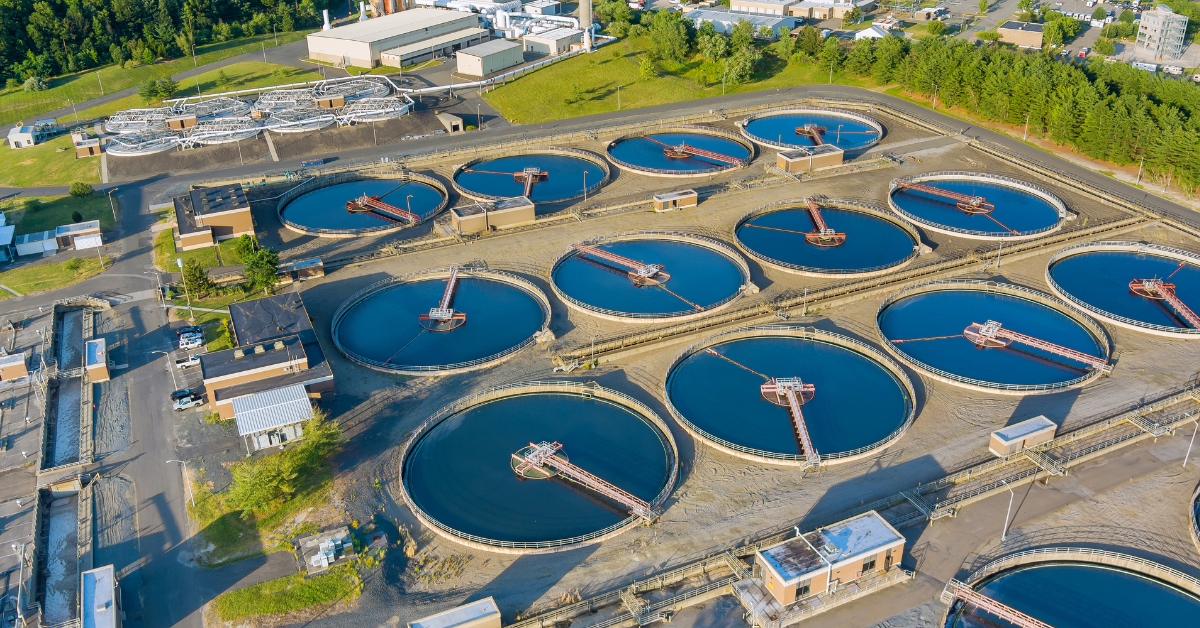
Localities Across the Country Are Rejecting Biden’s Green Energy Agenda
The ambitious drive by the Biden administration to transition the United States to 100% green energy by 2035 is facing a formidable roadblock, and rightly so. Increasingly, local governments are drawing a line in the sand against large wind and solar projects.
A significant portion of the United States, with at least 15% of counties, has effectively put a stop to the construction of new utility-scale wind and solar installations. These aren’t minor impediments but substantial roadblocks in the form of bans, moratoriums, and zoning restrictions that challenge the build-out of installations large enough to replace traditional power plants. This widespread pushback is a clear signal from local communities about the real-world impacts of green energy projects, including concerns over land use, environmental disruption, and the loss of scenic vistas.
The opposition to the Biden administration’s green energy push transcends political boundaries, with resistance coming from a diverse array of communities and interest groups. This isn’t a simple left-versus-right issue; it’s a complex debate that touches on the essence of local governance, environmental stewardship, and the right of communities to chart their own course in energy development.
Currently, the United States relies on fossil fuels for 60% of its energy needs, a testament to the reliability and economic viability of coal and natural gas. The fact that the rate of bans and restrictions on new green energy projects is outpacing the construction of such installations is a stark indicator of the challenges facing the Biden administration’s green energy goals. Notably, the analysis reveals that the number of counties blocking new solar projects is nearly equal to those adding them for the first time, while the situation is even worse for wind energy.
Moreover, the approach to zoning and land use is creating insurmountable barriers for wind and solar projects. Setback requirements and noise limits are just some of the ways local governments are making it virtually impossible for utility-scale wind and solar projects to take off. These regulations not only reflect legitimate concerns about the impact of such installations on communities and the environment but also underscore the need for a more balanced and locally-driven approach to energy policy.
The Biden administration’s green energy agenda, while ambitious, is proving to be out of touch with the realities faced by local communities across the nation. The push for 100% green energy by 2035 is not just a technical or economic challenge; it’s a deeply political and social issue that requires a nuanced understanding of local concerns and a respect for the principle of self-determination. As the United States grapples with the future of its energy landscape, it’s clear that a one-size-fits-all federal mandate is not the solution.














